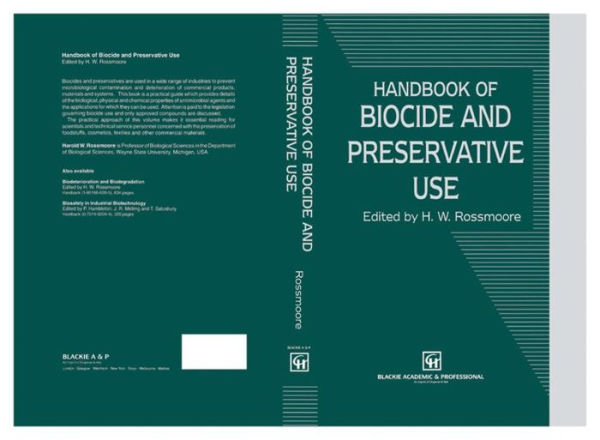5
1
9780751402124


Handbook of Biocide and Preservative Use / Edition 1 available in Hardcover

Handbook of Biocide and Preservative Use / Edition 1
- ISBN-10:
- 0751402125
- ISBN-13:
- 9780751402124
- Pub. Date:
- 12/31/1994
- Publisher:
- Springer Netherlands
- ISBN-10:
- 0751402125
- ISBN-13:
- 9780751402124
- Pub. Date:
- 12/31/1994
- Publisher:
- Springer Netherlands
379.99
In Stock

Product Details
| ISBN-13: | 9780751402124 |
|---|---|
| Publisher: | Springer Netherlands |
| Publication date: | 12/31/1994 |
| Edition description: | 1995 |
| Pages: | 425 |
| Product dimensions: | 6.10(w) x 9.25(h) x 0.04(d) |
From the B&N Reads Blog
